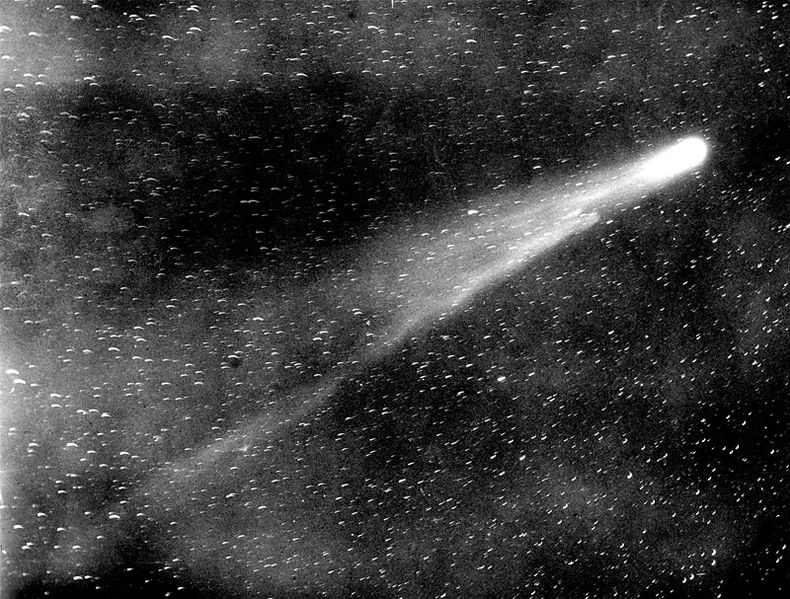“Astronomy compels the soul to look upwards and leads us from this world to another.”
Plato
Hello friends!
We all love astronomy, don’t we? Astronomy is the scientific study of celestial objects (such as stars, planets, comets, galaxies) and phenomenon that arise outside the earth’s atmosphere. The arrival of Comet C/2020F3 or Comet NEOWISE is a recently celebrated astronomical event. It is a long period comet with a near-parabolic orbit discovered on March 27, 2020.
Comet NEOWISE

It was discovered by astronomers during the NEOWISE mission of the Wide-field Infrared Survey Explorer space telescope. Comets are icy, small Solar System Bodies. When they pass close to the sun, they warms up and begins to release gases. The process is called outgassing. This process produces a visible atmosphere or coma, and sometimes a tail. The outgassing is due to the effects of the solar radiation and the solar wind acting upon the nucleus of the comet. The orbital period of NEOWISE is 6,766 years, which means NEOWISE will be gone for a long, long time. Comets are formed when dust particles combine to form icy rocks that join together under the force of gravity. High-speed collisions of these rocks result in a loosely bound collection of fused rock and ice.
Let’s talk about some other comets
Halley’s comet or Comet Halley, officially designated as 1P/Halley is a short-period comet visible from Earth every 75-76 years. It was discovered by the English astronomer and mathematician Edmund Halley. The next predicted perihelion is on July 28, 2061.

Hale Bopp is the biggest comet ever encountered so far, with a nucleus more than 60 miles in diameter. Comet Hyakutake’s tail is stretched out at a distance of more than 500 million km from the nucleus, the largest known. Comets are glowing wonders that light up the night sky. And we are all waiting for more of that celestial beauty to amaze us.
Read an article on Comet NEOWISE- Comet Neowise and Parker Solar Probe








